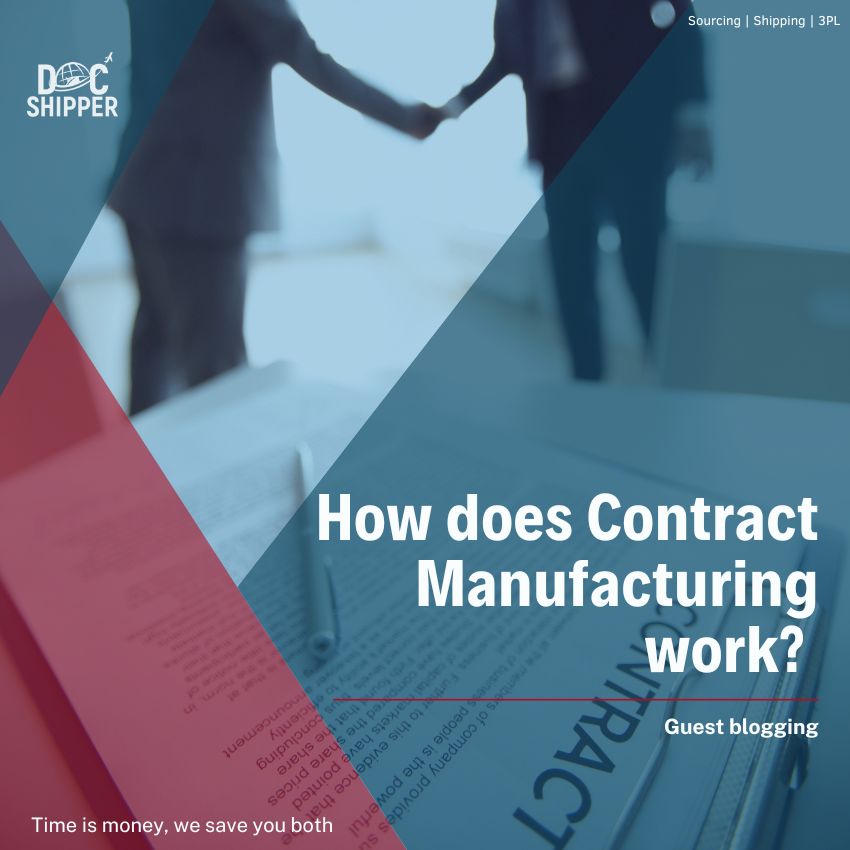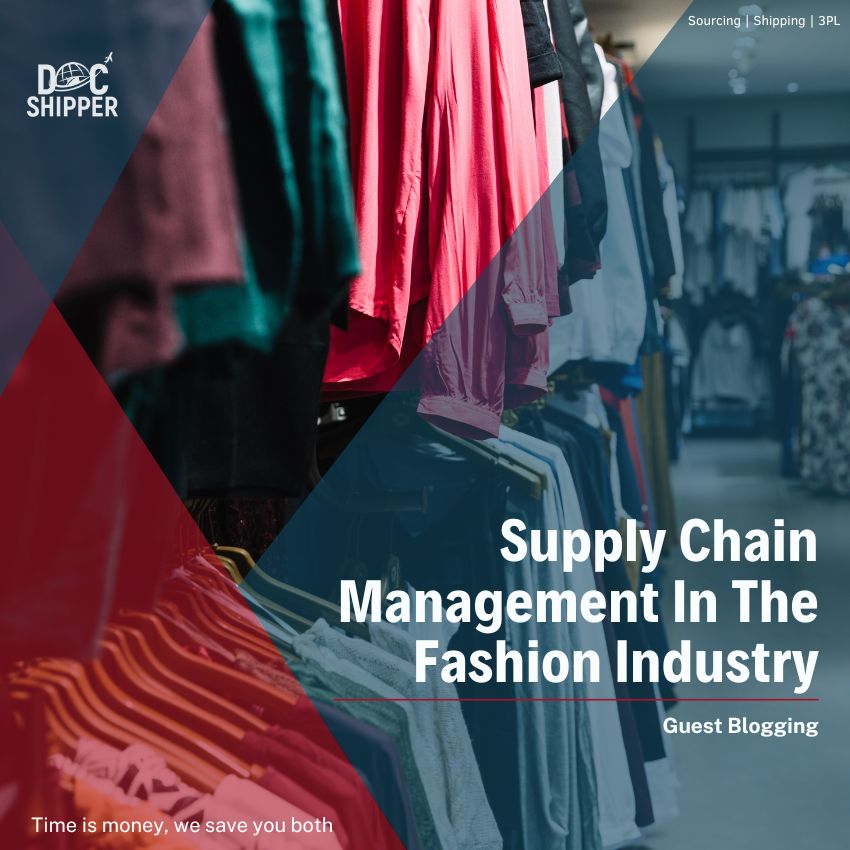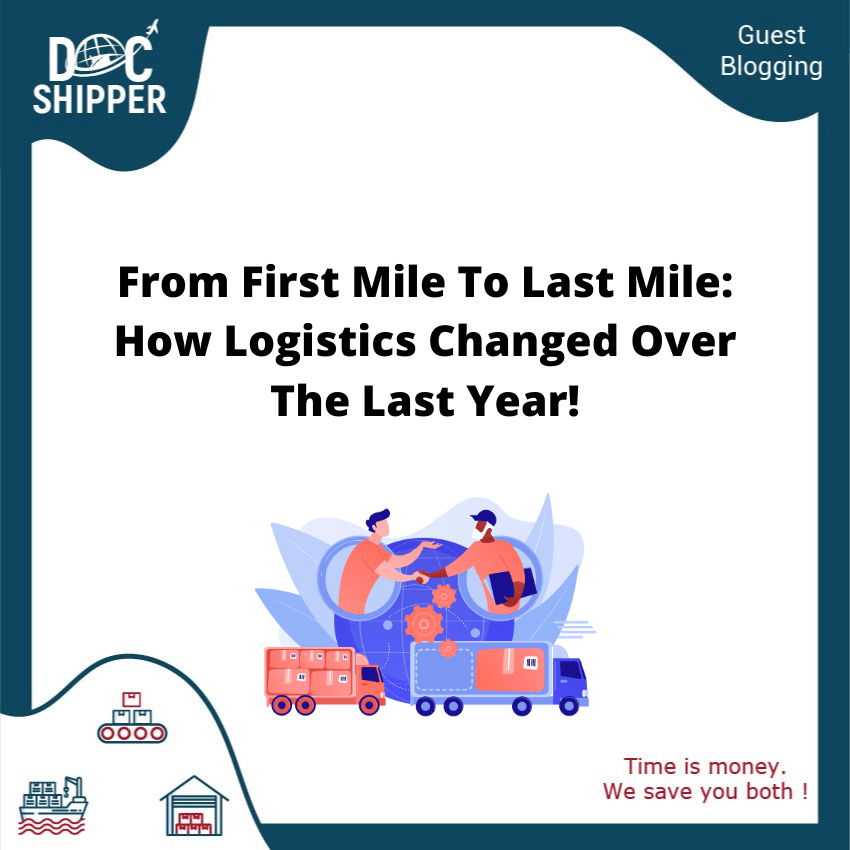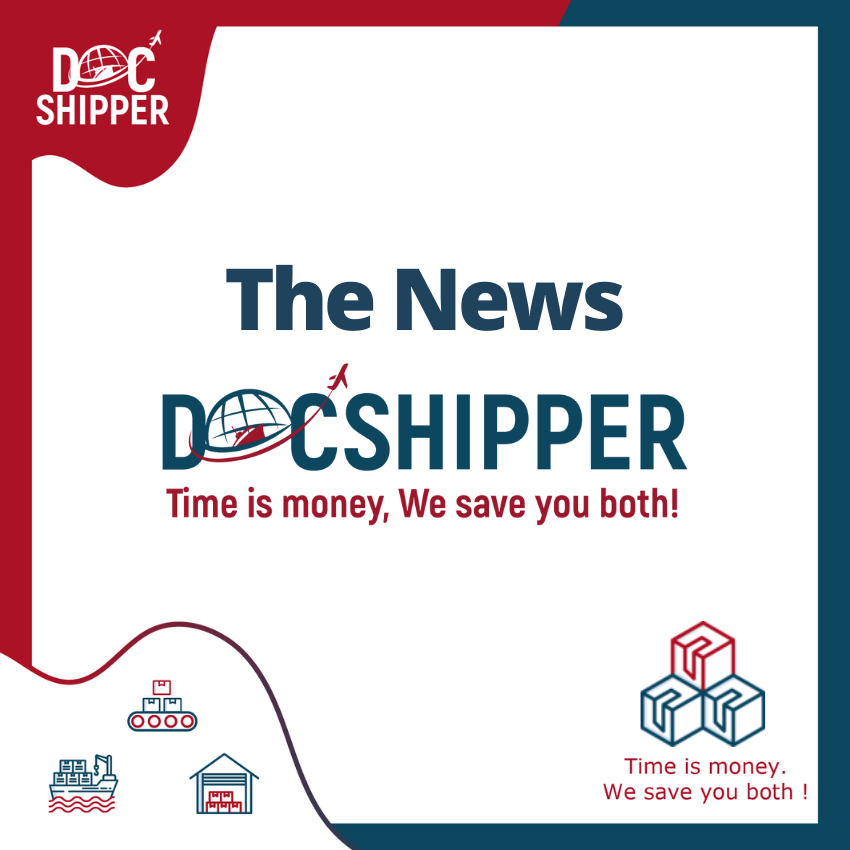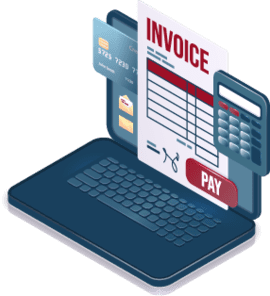In March 2019, the Wuhan province of China experienced an outbreak that later led to the shutdown of supply chains on a global scale. This outbreak was followed by a lockdown in all of China and, within a few months, the world. Thanks to these lockdowns, many problems were about to arise which would lead to complications for several industries essential for the world.
The pandemic gave rise to the identification of numerous vulnerabilities within localized and international supply chains, such as dependency on a limited number of suppliers for the import of materials needed in manufacturing, and the lack of efficiency within small-scale logistics companies.
However, the resilience of private and public entities alike has helped the human race overcome the adverse conditions that were exposed and accelerated by Covid-19. This exposure later allowed industries to maximize their efficiency by the integration of innovation within human resources and technological innovations as well.
By March 2020, production and shipping levels had recovered to 92% of pre-pandemic production levels, exactly a year after the original outbreak. And today, we’re going to talk about the extensive effects of Covid-19 on the pandemic, and how logistics has evolved over the past year to overcome unexpected adversities.






